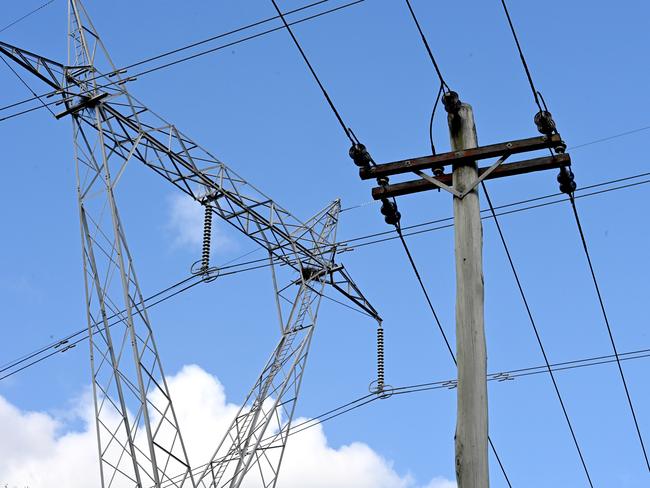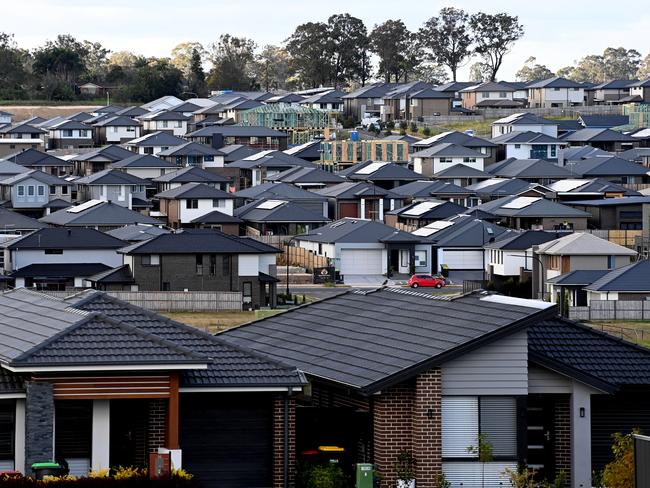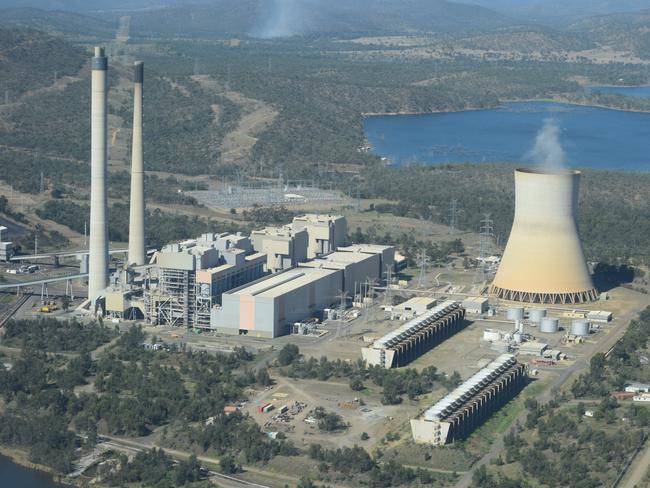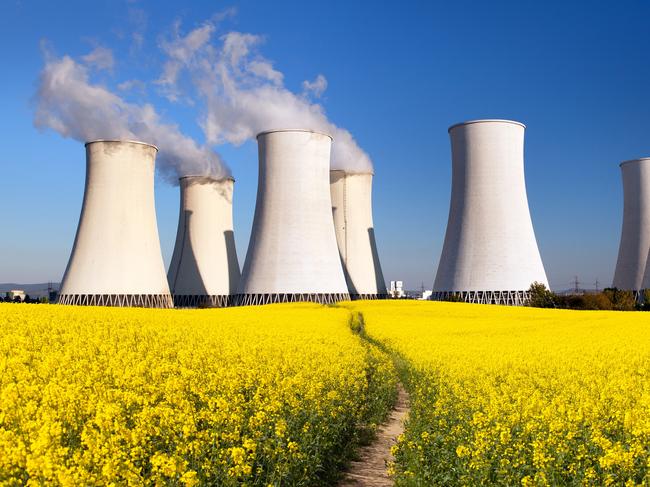Peta Credlin: Power crisis will shore up support for nuclear energy
Renewables might make activists feel good, but there’s only one proven way to get emissions down and keep the lights on and that’s to move to nuclear power, writes Peta Credlin.
Opinion
Don't miss out on the headlines from Opinion. Followed categories will be added to My News.
As it prepares to shiver through winter because power bills are through the roof and there’s no Russian gas to keep the lights on, Europe must wish that it still had 60 per cent of its electricity provided by coal.
But, after 15 years of decarbonising its economies in deference to the climate cult and replacing fossil fuels with wind and solar power that needs “firming” when the clouds come or the wind drops, that’s the dreadful predicament Europe finds itself in.
France excepted, which gets 60 per cent of its power from nuclear, there wouldn’t be a country in Europe that doesn’t envy Australia, precisely because dispatchable coal-fired power is still 60 per cent of our electricity supply.
Yet just as Europe provides an object lesson in how to make electricity unaffordable and unreliable, we are rushing to copy failure with the announcements on Thursday that AGL will close the giant Loy Yang power station in Victoria and that the Queensland government will close all its coal-fired power stations to make Australia essentially coal-free in scarcely a decade.
There really is only one word to describe what’s happening to our energy system now – “madness”.

In June this year, a “perfect storm” of breakdowns at ageing coal plants, shortages of gas, and too many cloudy windless days meant that our own power market had to be suspended for a fortnight and heavy industry had to be rationed in order to avoid blackouts.
Despite this foretaste of our energy future if intermittent renewable power continues to expand – with gas unavailable, green hydrogen in “let’s pretend land” and pumped hydro still mostly on the drawing board – we are hastening the push to get out of what remains the most affordable means of generating 24/7 electricity, namely coal.
Previously announced coal closures mean that NSW is already losing up to 40 per cent of its generation within just three years.
Last week’s announcements mean that Victoria and Queensland will both lose up to 70 per cent of their current generation within scarcely a decade.
The big risk is more rationing or blackouts when cold snaps and heatwaves coincide with wind droughts and cloudy days. Then there’s all the extra investment that taxpayers or consumers will have to pay for.
The Albanese government admits that we need up to $80 billion of new investment in transmission lines to cope with a decentralised power grid based on renewables that only generate power, on average, 30 per cent of the time.

On top of this, Energy Minister Chris Bowen said achieving his 43 per cent emissions reduction target will require the installation of “40 seven megawatt wind turbines every month” plus “22,000 500 watt solar panels every day” for the next eight years.
And because 90 per cent of these are made in China, our climate ambition will end up enriching a country that proposes to keep increasing its emissions for at least the next decade (as well as burning all the coal they can get their hands on, much of it exported from Australia; the very same coal we’re not prepared to use to power our own homes or economy).
But that’s not the only paradox. The same Victorian government that publicly backs a rapid phase-out of fossil fuels and has banned fracking and gas exploration is also paying an undisclosed sum to Energy Australia to keep the Yallourn coal-fired power station open for the next five years.

Queensland says that it will replace its current fleet of five coal-fired power stations with two pumped hydro schemes, neither of which have as yet had any detailed environmental or engineering investigation. And hydro equals dams – something modern Labor have been pathologically opposed to building, even though we need them. Meanwhile, the Snowy 2.0 scheme, announced five years ago, is already nearly two years behind schedule and many billions over budget.
Last week, the federal government joined the Australian Energy Regulator in warning that gas prices will stay high for years. The regulator added: “If retirements (of coal-fired power stations) accelerate, or if there are delays in enabling reform and investment, there is a growing risk of reliability gaps and a disorderly transition”. That’s the official way of saying that if we get out of fossil fuels even faster than expected, there will be mass blackouts and that was before the latest closure announcements.
Forget the ideological fights about the “religion” of climate change and just focus on what we have, what we are scrapping and what life looks like when it goes. I am focused on what replaces the baseload capacity we’re turning off and, right now, it’s nothing.

Renewables might make activists feel good but they are not baseload, promises of “green hydrogen” are just that and hydro is a good decade plus away.
There’s only one proven way to get emissions down and keep the lights on and that’s to move to nuclear power. Yet nuclear power is not only absent, it remains illegal and no political party has as yet committed to lifting this ban.
As the world grows more uncertain and dangerous, and the countries that threaten our security are using more fossil fuels not less, why would we nobble our economy, for what? Our one per cent of global carbon dioxide emissions is about a week of what our enemies are emitting.
Watch Peta on Credlin on Sky News, weeknights at 6pm





